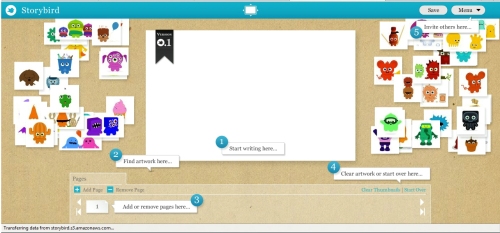The Common Core State Standards Initiative is a joint effort by the National Governors Association Center for Best Practices (NGA Center) and the Council of Chief State School Officers (CCSSO) in partnership with Achieve, ACT and the College Board. Governors and state commissioners of education from across the country committed to joining a state-led process to develop a common core of state standards in English-language arts and mathematics for grades K-12.I had a glance at the ELA standards which are further divided into categories of reading, writing, and speaking & listening. In general, I feel the standards are specific, practical, and well written, from a pedagogical standpoint, trying to promote more scientific/logical thinking and argument skills in language arts. I cited the following standards which seemed interesting and “controversial” to me and began with some questions:
Reading:
Support or challenge assertions about the text by citing evidence in the text explicitly and accurately.Q: What evidence is determined to be “explicit and accurate”?
Discern the most important ideas, events, or information, and summarize them accurately and concisely.Q: What content in a fiction book is determined to be the “most important ideas”? Is it test-oriented content? How can the “standard content” be set for every book/reading?
Writing:
Use technology as a tool to produce, edit, and distribute writing.Q: What types of technology will be included? The traditional WORD or ways of online publishing?
Speaking & Listening
Make strategic use of multimedia elements and visual displays of data to gain audience attention and enhance understanding.Feedback on the standards is welcome until October 21st.














